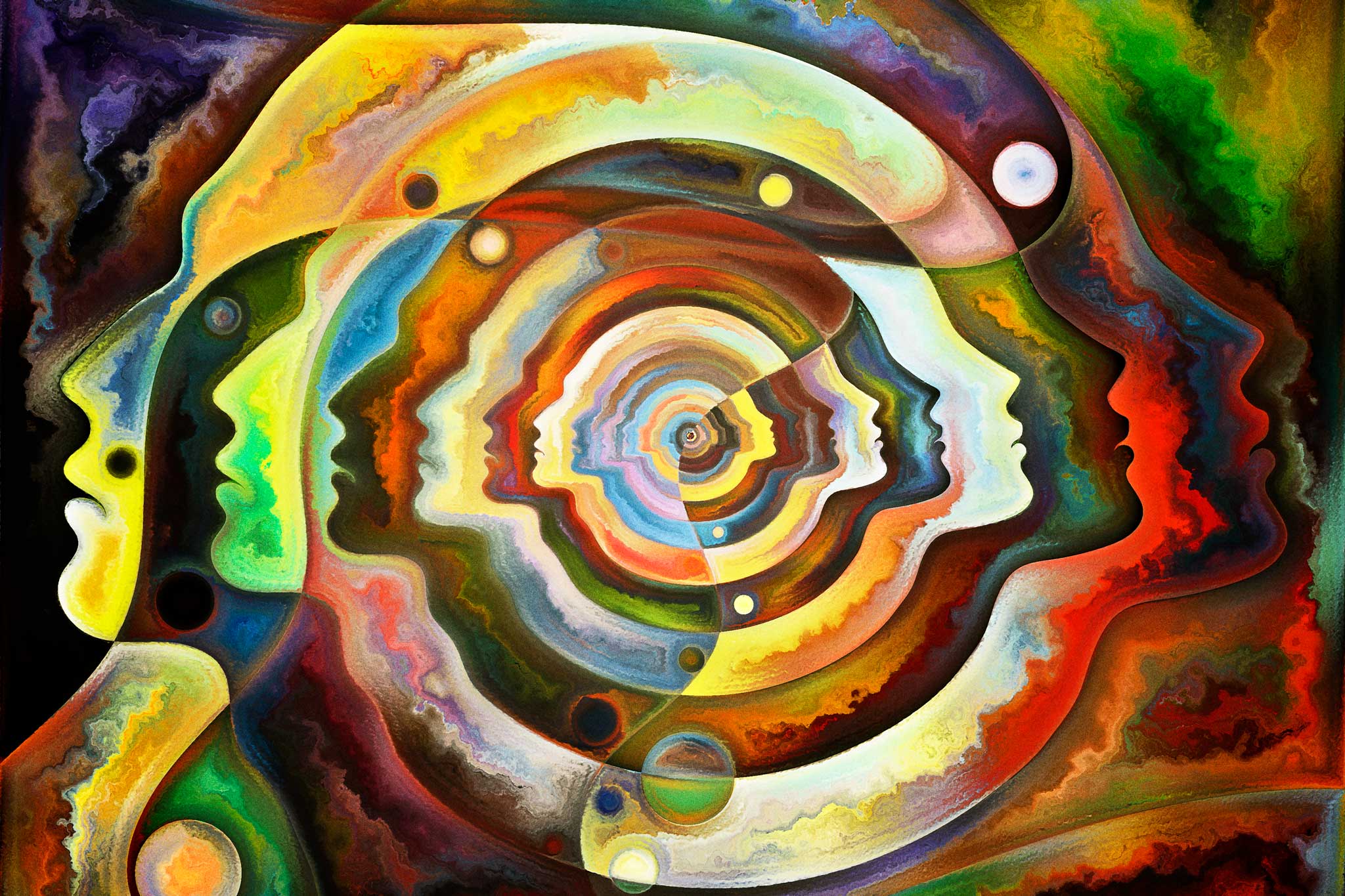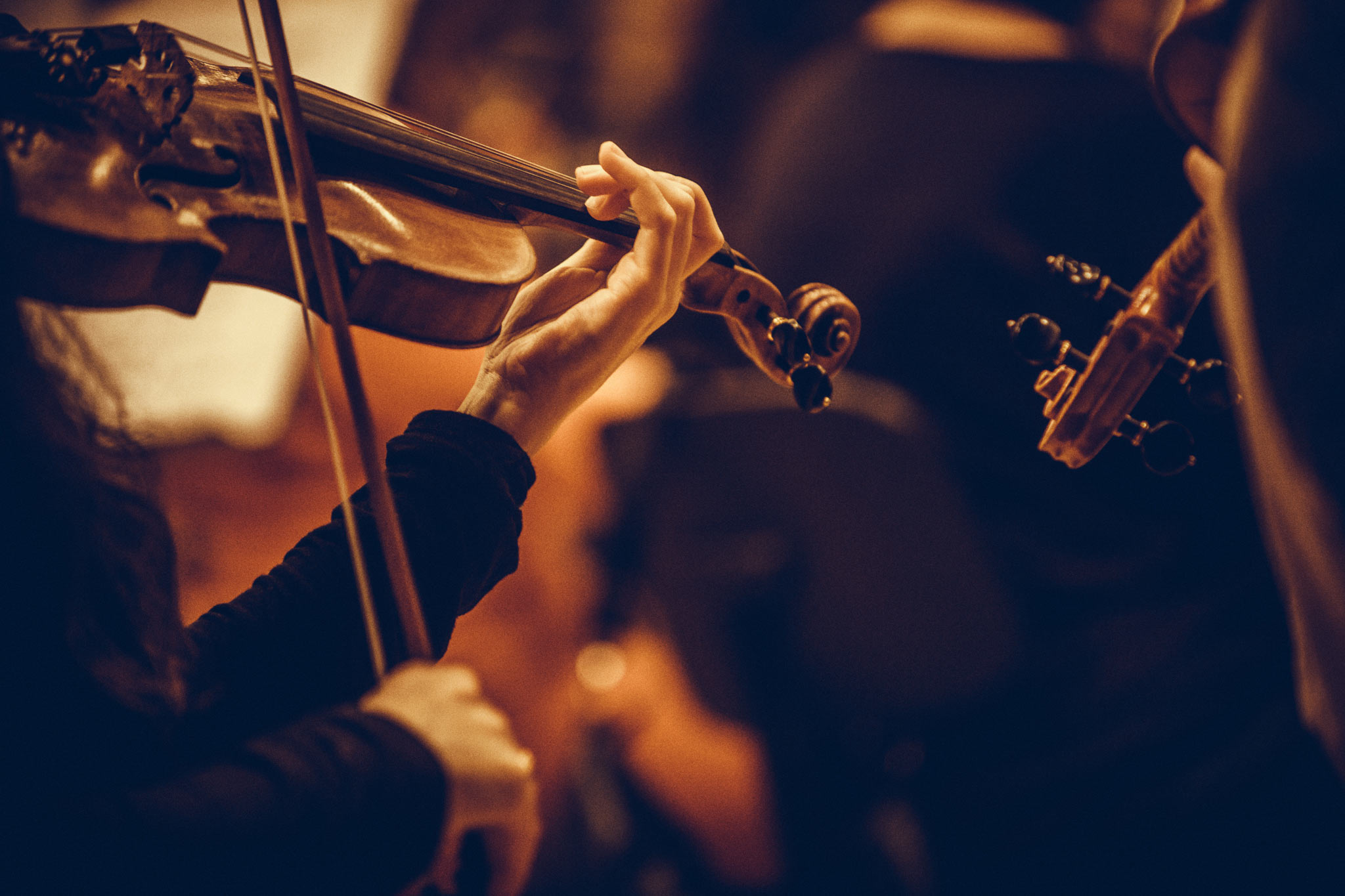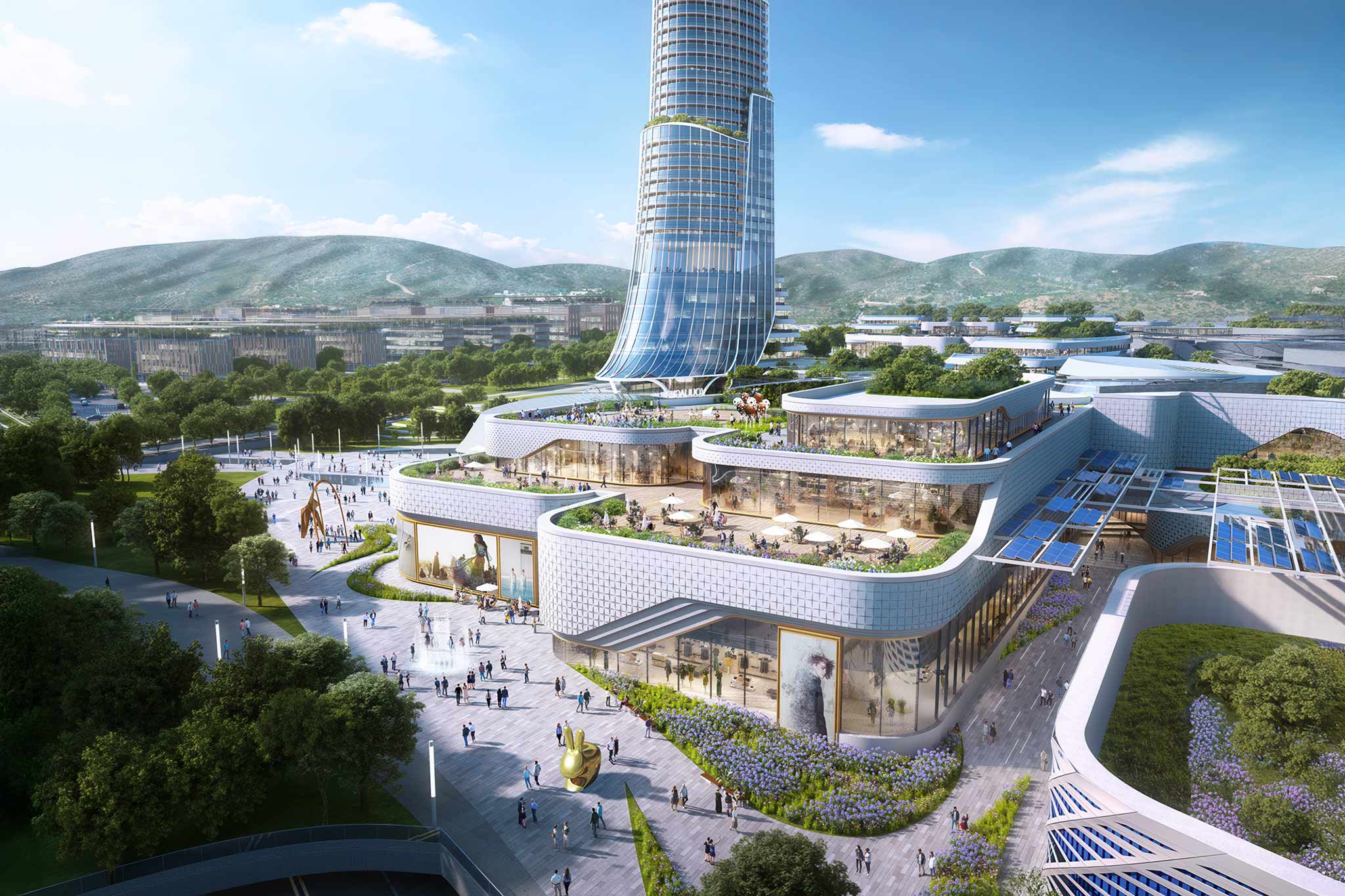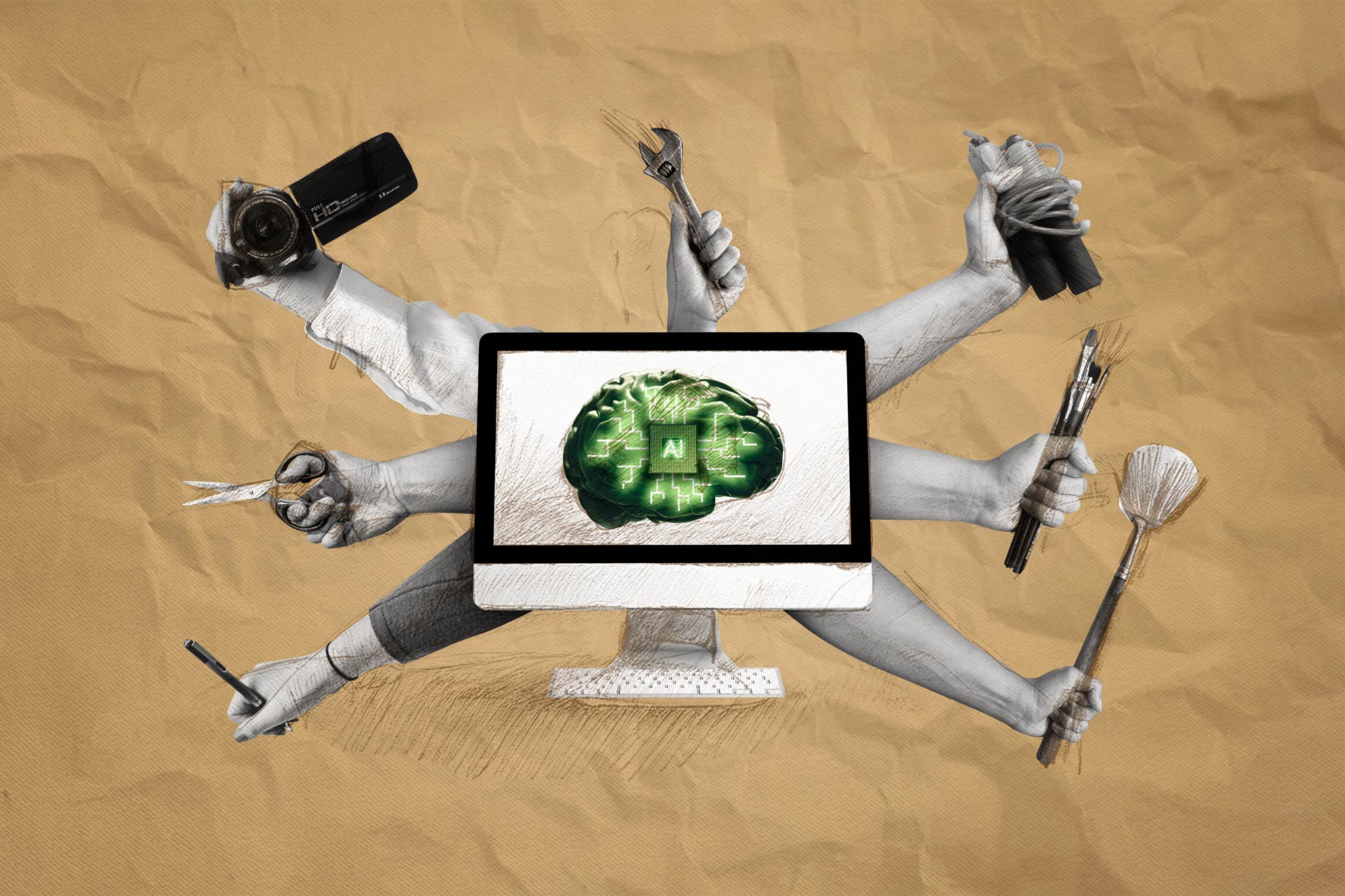At live events, the brain invests in the communication message according to research during the lifestyle event Huishoudbeurs and at the University of Amsterdam. What’s going on in people’s minds when they visit a live event, such as an exhibition? In a study, five event organisers commissioned brain research into the effect of an exhibition visit on the subconscious.
Neuroscience agency Neurensics compared the value of live events with other forms of commercial information exchange such as video and commercials. With the medical device NIRS and MRI scanning, they showed that the value of a live contact is of a different order, more unconscious awareness of the message than that of a delayed or digital connection.
It also became clear that video cannot replace an event, but it does extend the lifespan of an event. Initiators Event Branche and partners RAI Amsterdam, DPG Media, D&B Event marketing and Party Rent Group, want to substantiate the added value of live events scientifically.
Two studies During the Huishoudbeurs 2020 and at the University of Amsterdam scientists have equipped a representative group of 24 visitors of the exhibition with the medical device NIRS (Near Infra-Red Spectography) that records the unconscious assessment of observations. Contact moments with exhibitors Weleda, Fruittella and The Famous Grouse were video recorded.
The compilation of these images that represented the exhibition visit, with the welcome, a product introduction and closing with offerings were shown to the second group of 24 respondents. This gave them an “extended” event experience. This time via the MRI-scanner at the University of Amsterdam. Activated emotions in the brain were measured, also whether this activation leads to a positive or negative assessment.
Personal and direct contact is more effective It seems that when someone is approached personally, the brain “consciously” searches at an exhibition for the processing of information. This information is then evaluated to conclude.
For example, storing new information or buying something. To see whether this effect applies specifically to a live event, or whether it also applies to forms of advertising such as TV commercials the experiment was extended with the second study.
“A special area of the brain participates actively in a live event, which is not or much less activated when watching a video,” says Martin de Munnik cofounder of Neurensics.
“This part of the brain is mainly involved in assessing the factual information provided. The energy used by the brain for this purpose is much greater than that of the control group. We see this as an investment that the brain makes in acquiring knowledge. It’s also the explanation for the fact that personal and direct contact is much more effective than delayed contact.”
“A special area of the brain participates actively in a live event, which is not or much less activated when watching a video”
More activity in the brain during live event Our brain works with facts and emotions, the sum of which leads to behaviour, in this case wanting to buy something or not wanting to buy something. The decision itself is always emotional. What distinguishes us from other animal species is that we humans have a reason.
Looking for what makes a live event so special, the scientists saw that it is mainly the activity in the area at the front of the brain, the Dorsolateral Prefrontal Cortex (DLPFC). This part of the brain is considered responsible for planning and higher aspects of control, such as ’monitoring’ behaviour and suppressing undesirable behaviour.
In particular, processing the logic and structure of cognitive, factual information causes a lot of activity in this part of the brain. For example, the deeper emotional brain would like to decide to buy a specific product. It is then the DLPFC that can do some last rational intervention: yes, because it is reliable and competent, or no, because it is not sensible, unhealthy.
Lean-in: The brain invests A comparison of the brain activation of the exhibition visit with that of seeing video images such as commercials shows that the brain is “consciously” searching for information at the exhibition where the data of a commercial is passively processed.
Sjoerd Weikamp, the owner of Event Branche, says:
“The scientists at Neurensics have called this difference lean-in and lean-back. With lean-in, information is processed proactively, which requires a lot of energy. It is an investment that the brain makes in gathering, processing and assessing that knowledge. Maybe this explains why the effect of advertising on sales costs so much contact, time and money. A visit to an exhibition, event or showroom can quickly lead to a positive attitude or a direct sale.”
The value of live events “The study shows that the value of a live contact is of a different order than of a delayed or digital communication. With live connection, the scientists saw that the message is processed much more actively in the brain. The brain is not only unconsciously, but also consciously processing the information with live contact,” says Martin de Munnik.
“Whether this is during the visit or at the moment of the interaction between customer and seller. A good product proposition consists of a promise and proof. We then see that the brain wants to take the trouble to process and store the factual information. The personal approach that can give life through eye contact, a smile and non-verbal signals and a conversation seems to be the key to making this investment.”
An event is therefore ideally suited to lay the foundation for a communication strategy that requires demonstration or factual explanation. For example, at significant changes within a company, at introductions or important moments.
Products and services that need explanation or whose value needs to be substantiated with facts are also better suited to a form of eventing. Because of the proactive attitude of the brain, an investment is made in a valuable relationship.



